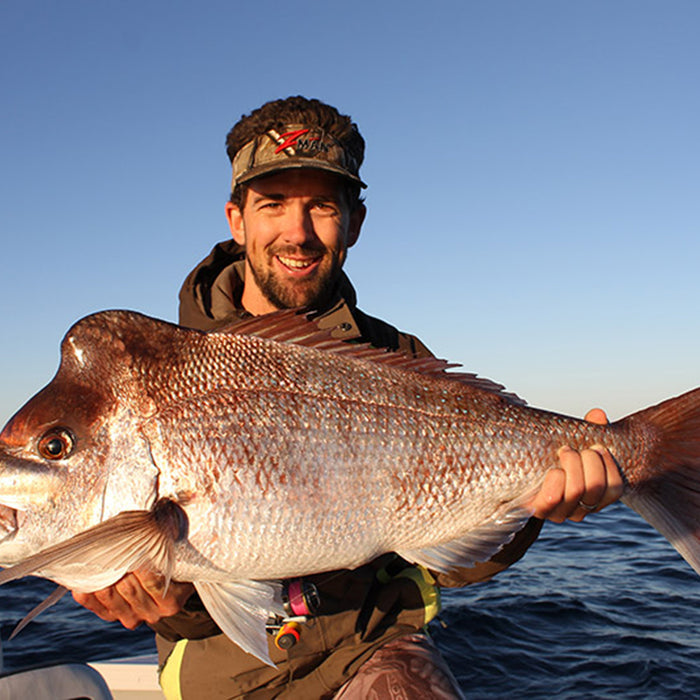
Top 7 Lures for Barramundi Fishing
Let's take a look at a selection of different lure presentations that have all proven effective on barramundi, along with when you might tie them on and tips for fishing them.

Everything you need to know to be successful at fishing with soft plastic lures, all in one handy booklet that you can download and print today.

Let's take a look at a selection of different lure presentations that have all proven effective on barramundi, along with when you might tie them on and tips for fishing them.






